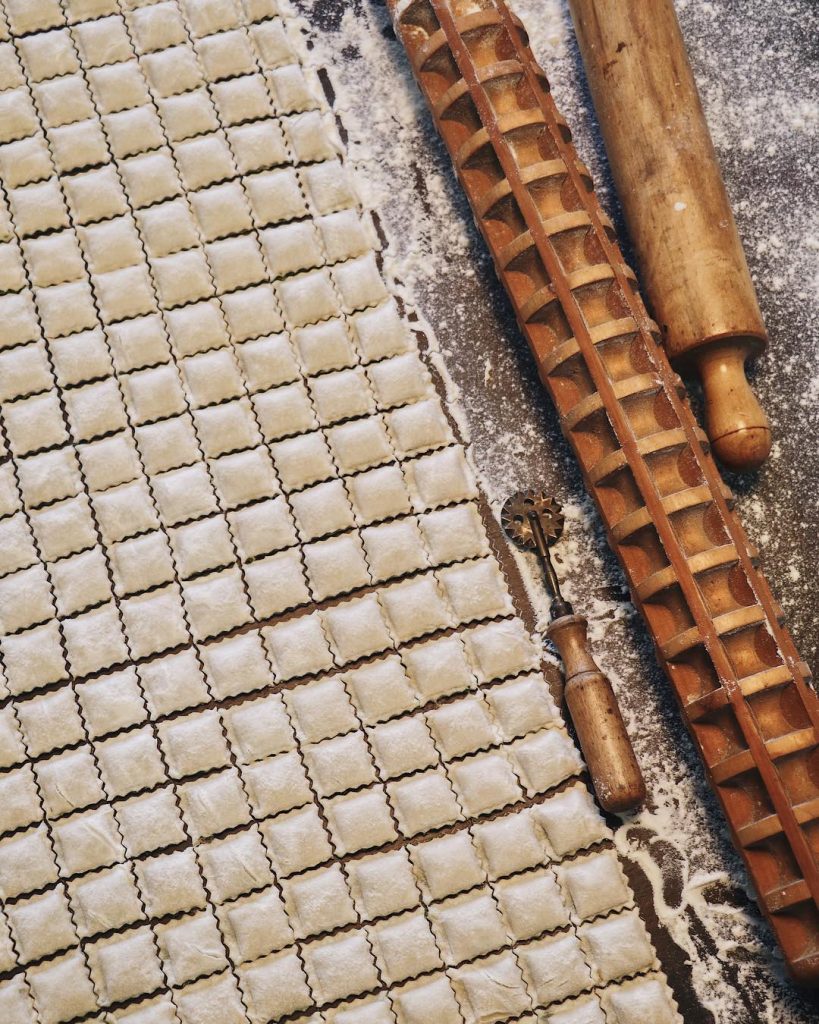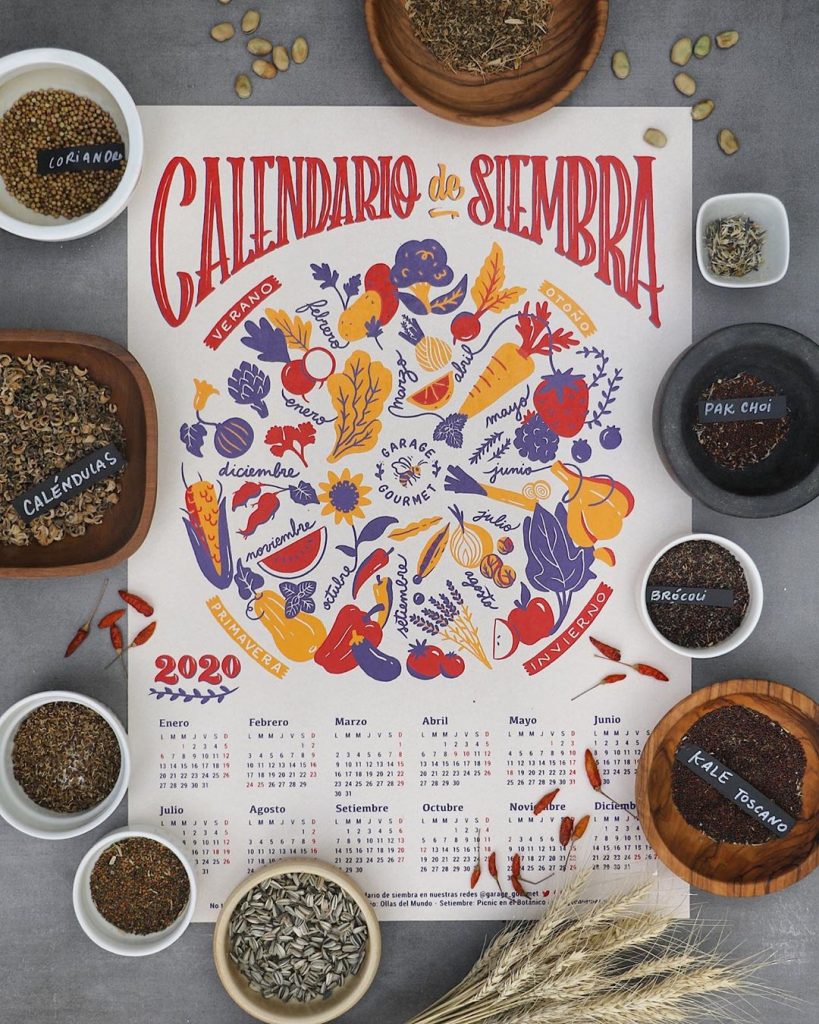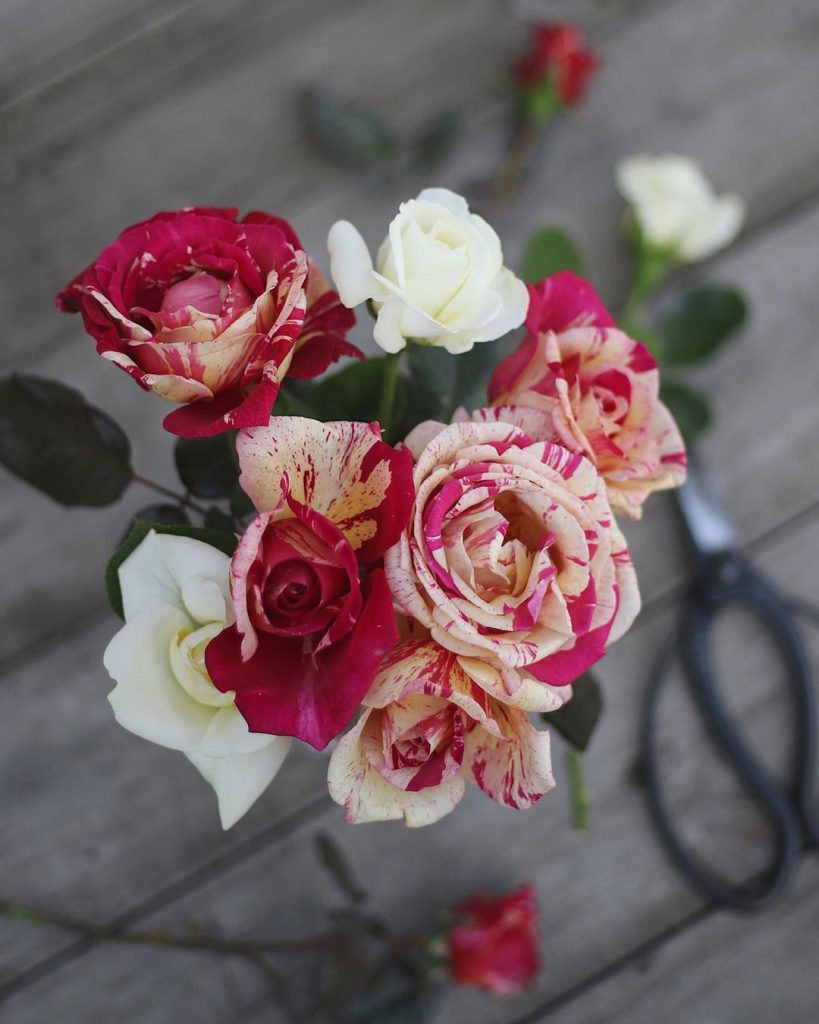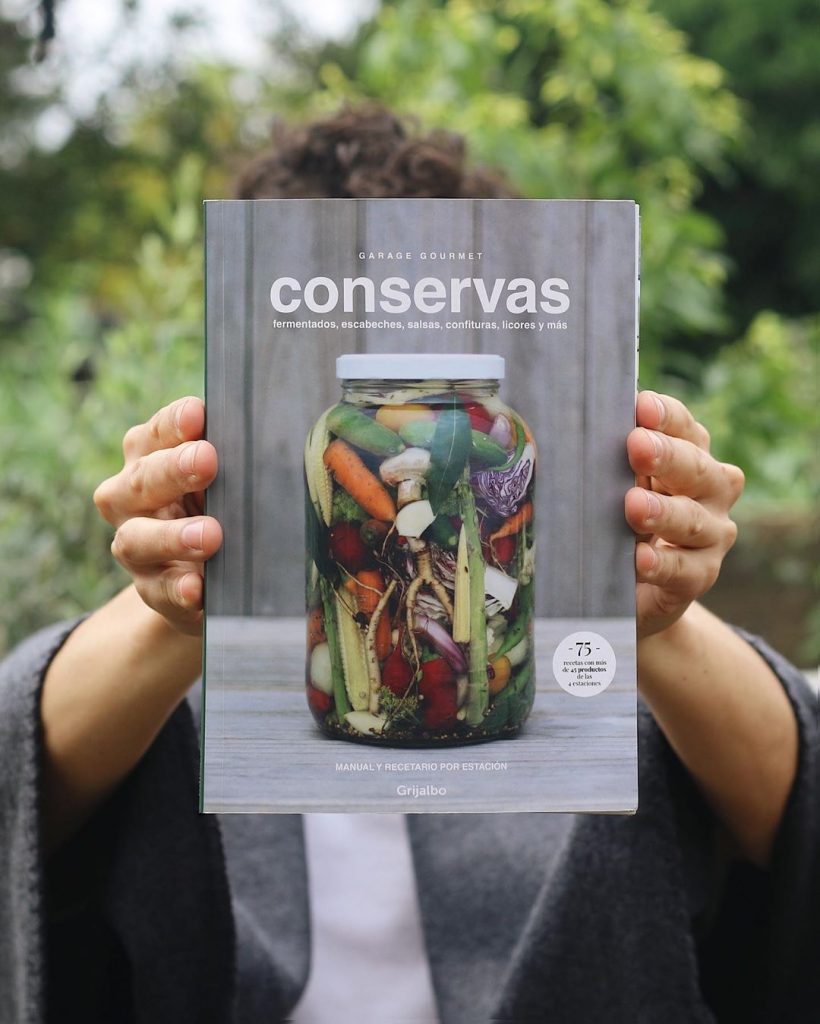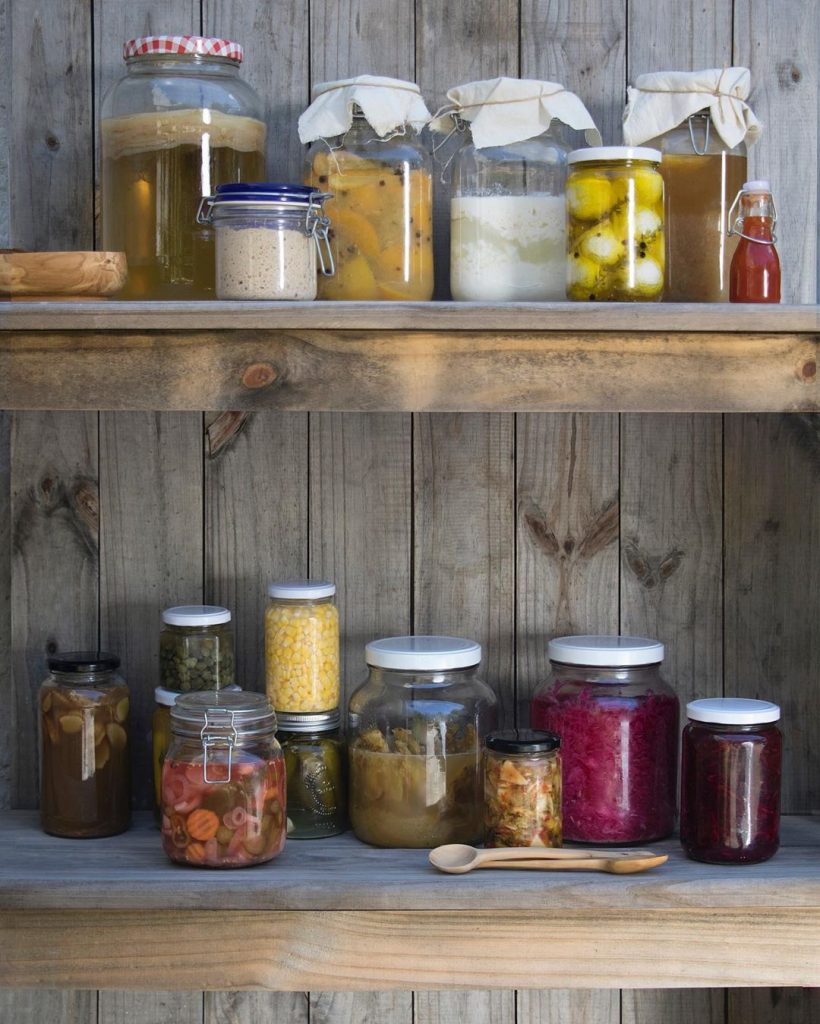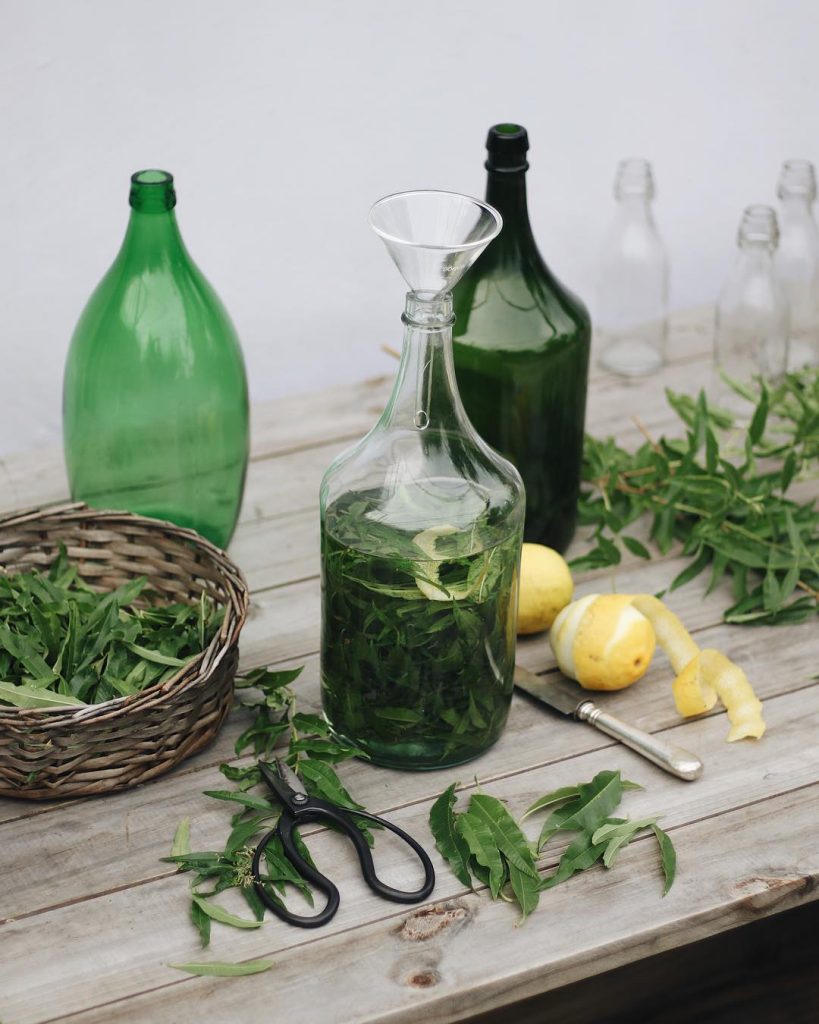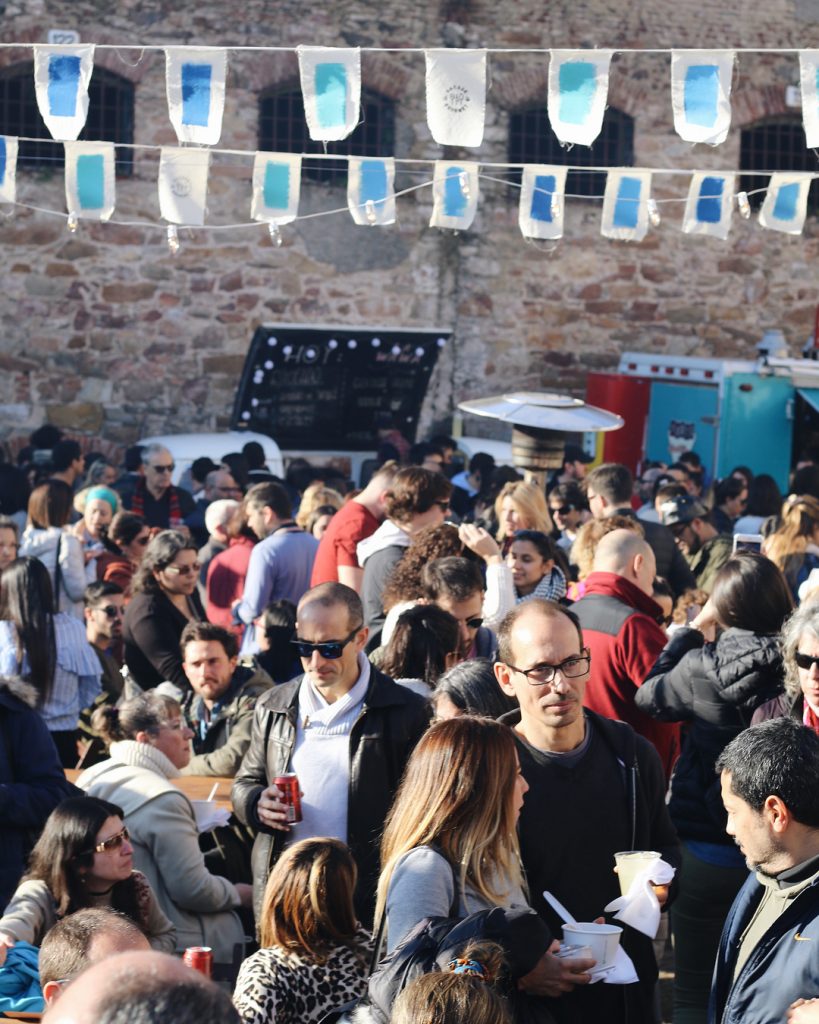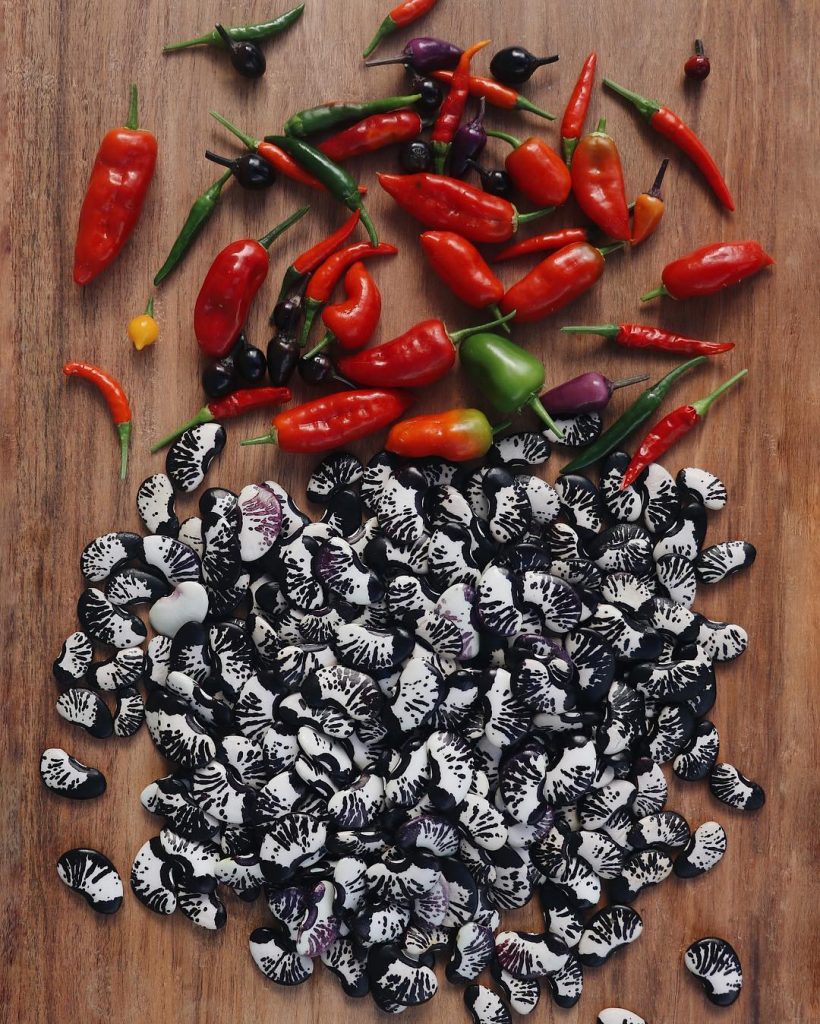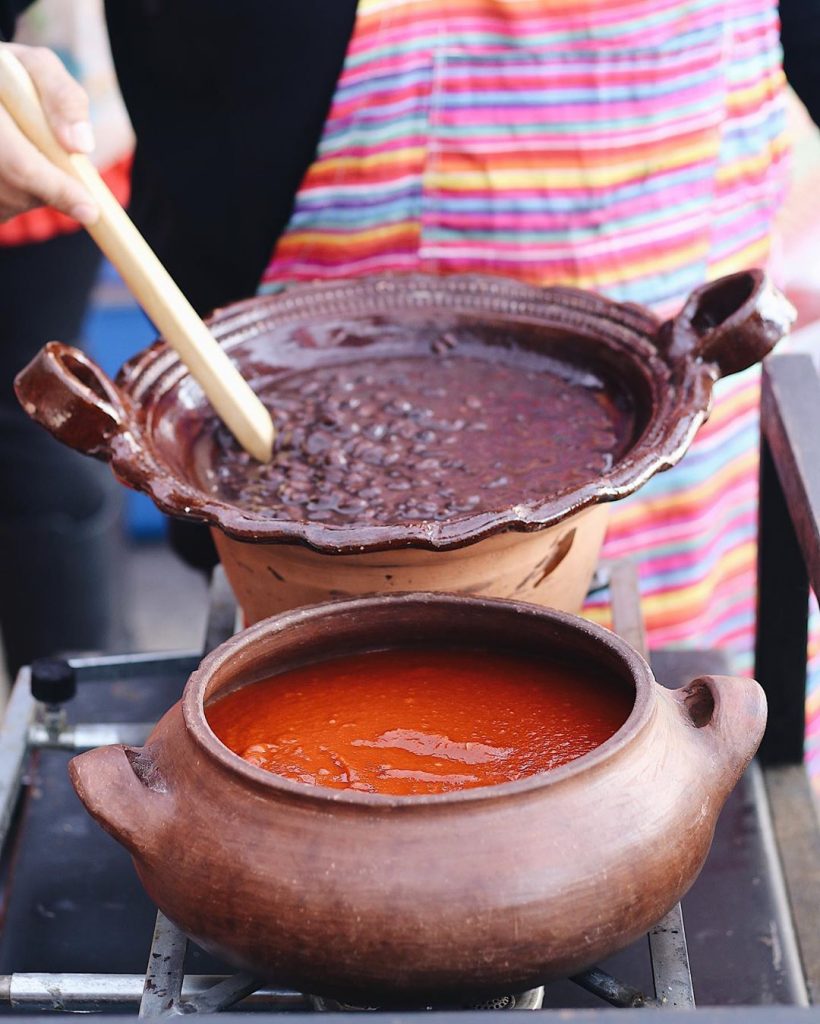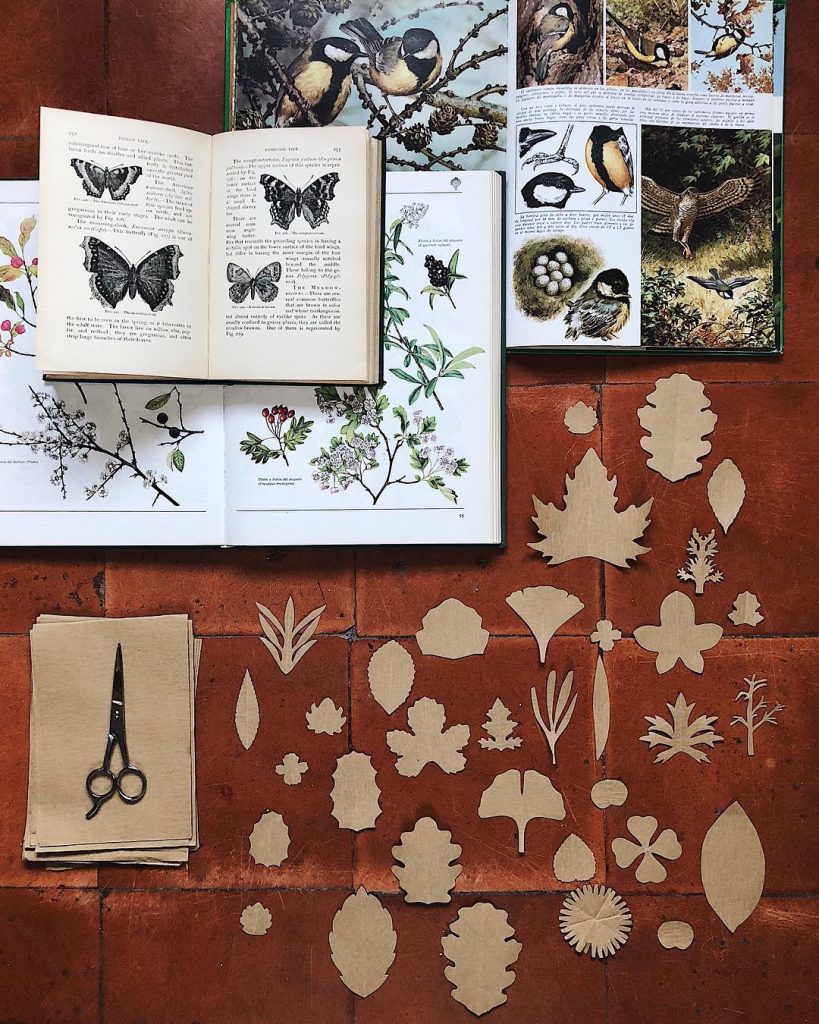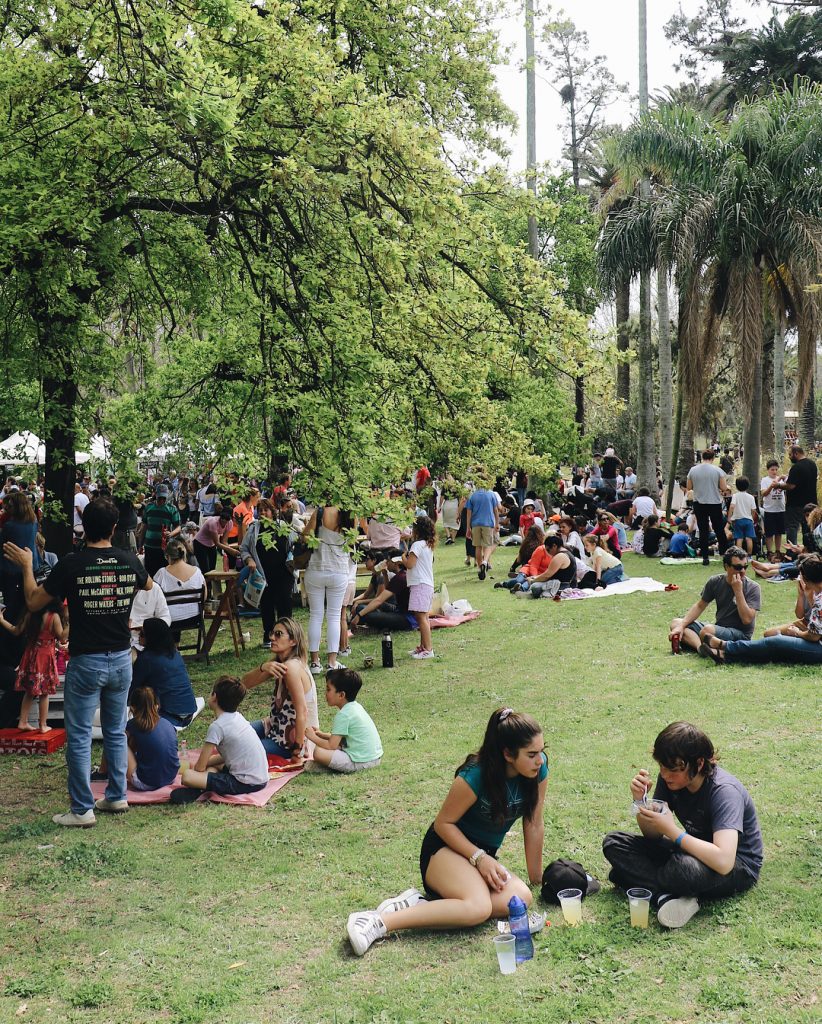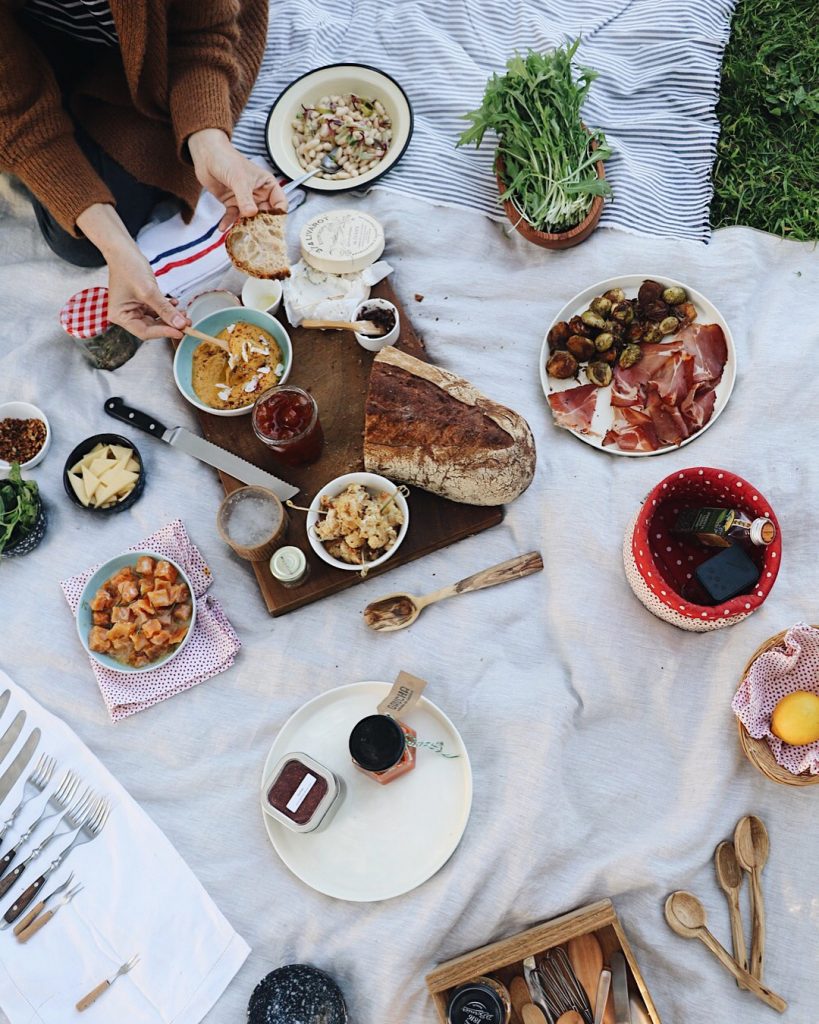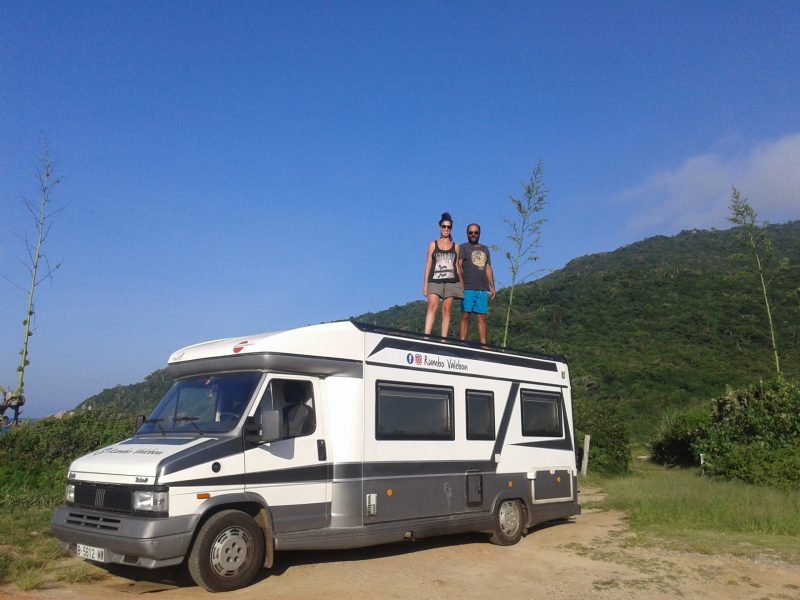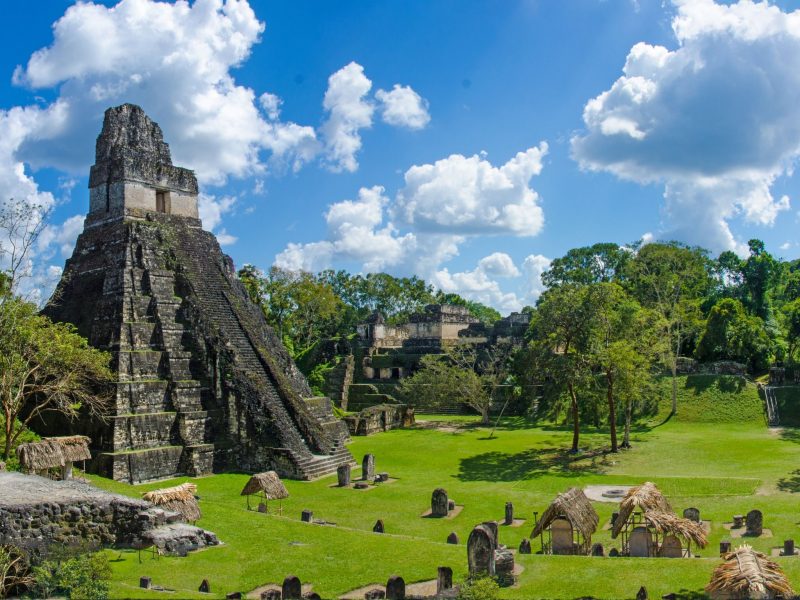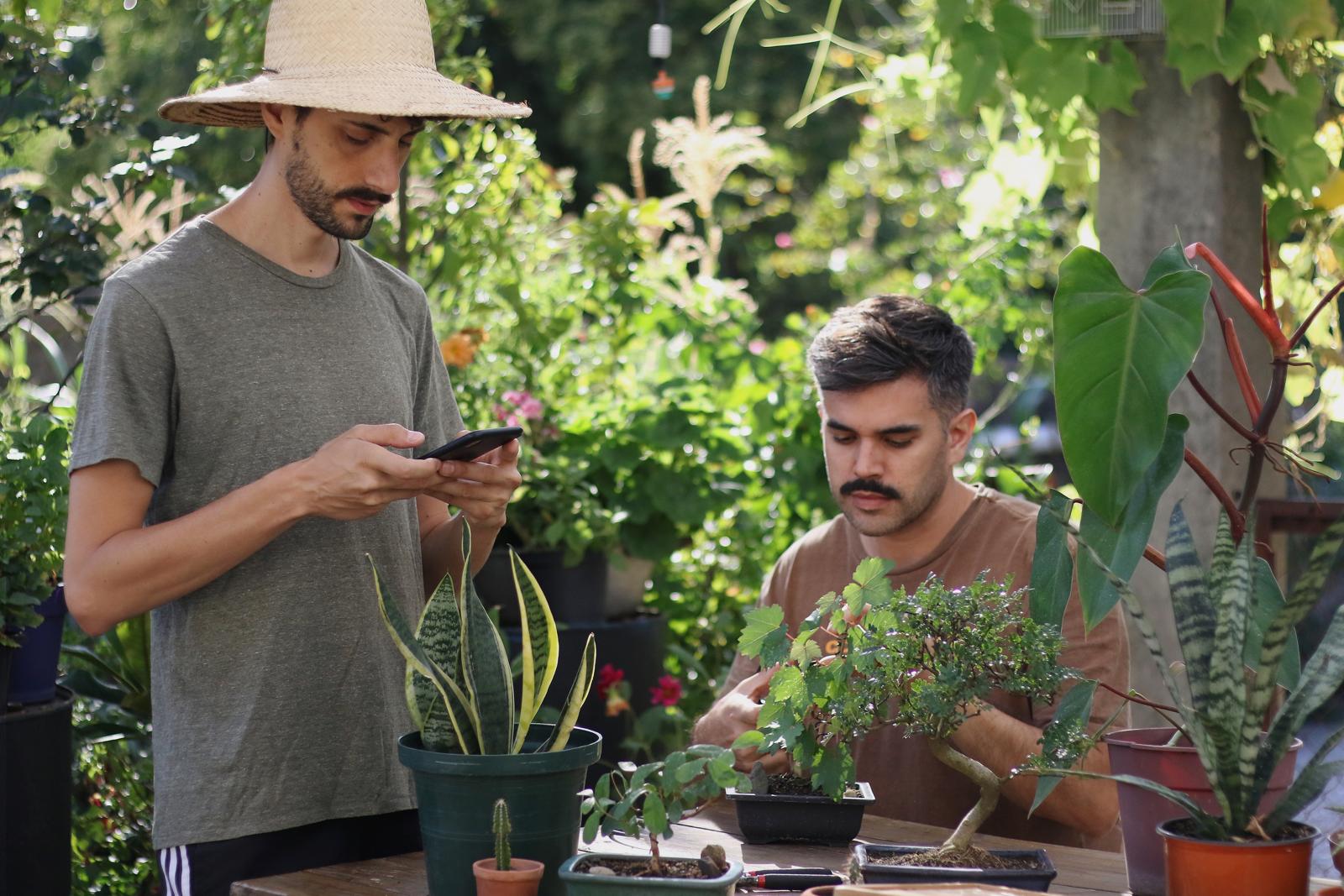
Uruguay Cuisine Rediscovered
Mauricio Pizard and Joaquin Pastorino, two young culinary enthusiasts from Montevideo, organize the most popular events of the city, bringing together the best local producers and chefs of Uruguay cuisine.
“To represent Uruguay cuisine, we would prepare a table with grilled products (asado, chorizo, everything chopped to share) and we would also put homemade ravioli with vegetables, all traditional food of immigrants. And a bottle of local Tannat red wine, which goes very well with pasta or meat.”
How did you come up with the idea for Garage Gourmet? Was there a need for it?
Joaquín: Before, I was already organizing another event about fashion. It is called MaWeek (Montevideo Fashion Week). I have experience in marketing and spent 8 years working for this organization. Then I got a little bored and started up another event called Montevideo PopUp.
Mauricio: Then Joaquin sold his part in this event as a partner, and we created Garage Gourmet together in December 2017. Garage Gourmet has a web site, and organizes two fairs a year. In 2019, we published our first book, called “Conservas” (Preserves). So, it has three legs.
J: Garage Gourmet arose from the need to value Uruguayan gastronomy and home cooking, and to go back to the roots. This event that we created from scratch is very faithful to what we want and what we consume. We feel that we have to consume locally, and be careful about what we eat. We are doing this event to connect with local cooks and producers. Revaluing the places where we do the events is also important! “Garage Gourmet Picnic”, the spring event, is held at Jardin Botanico (Botanical Garden). This is a place in the Prado neighborhood, which is a bit off the city center, where people don’t usually go. Our other event in the autumn is “Ollas del Mundo” and we held it in the Ex Cárcel de Miguelete. The large courtyard of this ex-prison is used for art exhibitions, or electronic parties at night.
URUGUAY CUISINE ON THE TABLE
What would you put on a table that symbolizes Uruguayan cuisine?
M: I would prepare a table with grilled products (asado, chorizo, everything chopped to share) and I would also put pasta, all traditional food of immigrants. In Uruguay, there are many Italian immigrants. A homemade ravioli with vegetables could be good. We would put flowers from our garden. And a bottle of local Tannat red wine, which goes very well with pasta or meat.
I guess you have developed many good relationships with local producers over time. Could you mention some names that have raised the quality of Uruguayan products?
M: For example, in Colonia del Sacramento they make very good artisanal cheese. A great deal of Swiss and Italian immigrant cheese makers seem to have settled in Colonia. Their children and grandchildren continued the tradition there. La Vigna (by Lucila Providente) and Martin Rosberg are some important producers to follow. Then in the region of Rocha, there is a fishing tradition. Now there is Pacto Oceánico del Este (the Oceanic Pact of the East), where chefs and fishermen united to promote artisanal fishing and protecting the ocean. There are clams and buñuelos de algas (seaweed fritters), typical of that region. In Maldonado, there are exceptionally good restaurants to visit. Machachin, for example, is a restaurant where the remarkable cook Adrián Orio uses 100% Uruguayan products, collecting local herbs to cook as well. Laura Rosano makes the same kind of food, with native fruits like arazá, guayabo, butiá, etc. From Durazno comes the best meat. In Maldonado there is good honey.
J: There is a divine producer that we are also fans of, called Mieles del Este (by Pablo Artigas).
Why have you dedicated a book to preserves? Why are they important?
M: Preservation is a very intelligent form of consumption. Let’s say, peaches are cheap nowadays, so I preserve them for the winter, when there will be no peaches. The same goes for other fruits and vegetables. Not only are they cheaper, but they also have more nutrients when you consume them in the season. When you go to the supermarket to buy something out of season, you can only buy it in a can. But canned food has all kinds of artificial preservatives. We would also like to get back to the roots by preserving. My grandmother used to make preserves. My mother used to go with her small, junky car (a Volkswagen beetle) to buy boxes of fruits and vegetables in the summer to make preserves in her garage. In the garage, there was always a wall full of jars!
J: This is where the name “Garage Gourmet” comes from. So it has a lot to do with roots.
What’s your mother’s name?
M: Elena Galan. My great-grandparents were Spanish and Italian.
J: Another thing to add about the book: in order to internalize the subject of preserves, we started making them at home and we had to do some research. We asked our families for their recipes and looked for the origins of unusual preserves that come from other countries. We also started to consume fermented products like kefir, kombucha and homemade kinds of vinegar. It was like a challenge for us to write the book, take pictures and do everything at home. This is the first cookbook about preserved food in Uruguay. Our publisher is Penguin Random House, and they not only distribute it here in Uruguay but also will get into Argentina and Chile.
How long did it take to complete the book?
J: We worked like crazy and had it done in three months, in record time!
M: Now, the second book will be on world cuisine, we have a year or so to complete it. This book is going to deal with recipes coming from different countries: Uruguay, Argentina, Brazil, even turkey too. Like an Olympics of food!
Could you tell me more about the “Ollas del Mundo” (Pots of the World) event you organize?
J: This event also became very big and is the only event of its kind in Uruguay. It is a wintertime gathering, as we wanted to provoke people to go out in winter too. In Uruguay, people usually stay at home in wintertime. There is also hot wine! In this event, we had French, Indian, Brazilian, Uruguayan, Argentinean, Vietnamese and Mexican stews.
M: There are many other kinds of food like sandwiches and hamburgers as well. But the focus is on one-pot dishes.
J: Before the event, we invited the chefs, met with each one to try the recipes and we also learned the roots of the food in the meantime. I think our difference from other organizations is that we do kind of a curation for our events. A lot of thought gets into them; it’s not only about making a meal.
“Preservation is a very intelligent form of consumption. Let’s say, peaches are cheap nowadays, so I preserve them for the winter, when there will be no peaches. The same goes for other fruits and vegetables. Not only are they cheaper, but they also have more nutrients when you consume them in the season.”
MONTEVIDEO FAVORITES
You have been traveling in the Middle East and Europe recently. What new culinary habits have you discovered there?
M: The koftas (meatballs), for example. We loved them and have been making them at home every now and then.
J: One of the things that caught our attention most was street food. When we went on the trip, our goal was to try more traditional food. So we developed the habit of trying absolutely everything without any prejudice. When we find street food, we go straight for it! The kokorec (tripe sandwich of Istanbul) for example, was delicious. Here in Uruguay, street food does not exist! But when we came back from the trip, we started looking for street food in Uruguay and found a few things too. For example, at the local Saturday market in Prado, two blocks from our house, there is an old food truck that sells fried fish. Then, there is the issue of spices. We tried and brought a lot of spices from our travel. From Iran, we brought saffron, for example. Now we put it in almost every food we make at home.
M: Now we are bathing in saffron, haha!
Really?
M: Then, we started to have mint tea all the time like the Moroccans. We brought mint seeds and they grew successfully in our little garden.
What is your favorite neighborhood in Montevideo?
M: Prado is my favorite neighborhood, because it is greener.
J: Yes, Prado is incredible, that’s why we live there. There is more space, it is much greener, Jardin Botanico (the Botanical Garden) is there. The Prado has everything, and also many museums: Museo Nacional de Artes Visuales, Museo de Blanes, Museo Nacional De Antropología, Museo de la Memoria, Museo de Semilla.
Prado also has some of the best houses in Montevideo, right?
M: Yes, but they are old and a bit melancholic. They were in better condition before and now they are a bit decadent. Like all of Montevideo, actually. There are a lot of buildings on 18 de Julio Avenue, for example, that were once incredible and luxurious, but now they are really quiet.
J: Like old shopping arcades of 18 de Julio. Before, they were “the boom”. But now they’re very desolate, and have a dark atmosphere.
M: Barrio Jardín is also a nice place. It is a little neighborhood of a few streets, right behind the Faculty of Architecture near Park Rodo. There are Art Deco buildings there that look like boats. Museo Casa Vilamajó is also there. It was the family home of famous Uruguayan architect Julio Vilamajó.
Can you tell me something you like about Montevideo, and something you don’t like?
M: I like that Montevideo is quiet.
J: We are like old people. We like tranquility. We get up at half-past six in the morning to enjoy the tranquility. We take a siesta. We have a little garden.
M: That’s the good thing about Uruguay and Montevideo. And the bad thing is melancholy. People go down to La Rambla, gaze the sea as if they are waiting for something, do you see? People are very sad here. They criticize a lot. It’s not like in Brazil, where everything is about laughter.
J: I think this is because Uruguay is a society of elder people. We are, on the other hand, kind of people who are pioneers, who would like to cut through that melancholy issue completely. In our circle of friends, people are active and usually initiators.
M: One more positive thing about Uruguay is that it’s easy to get attention. You publish a book about the preserves and it becomes the only one in the country. It’s quieter here, and there’s no pressure on people.
Do you like mate?
M: No.
J: No.
Why?
J: We have mate at home, anyway, but we are not mate lovers.
M: The plant makes me very nervous. It’s like drinking coffee all the time.
To follow the culinary events of Garage Gourmet: www.garagegourmet.com
 English
English




